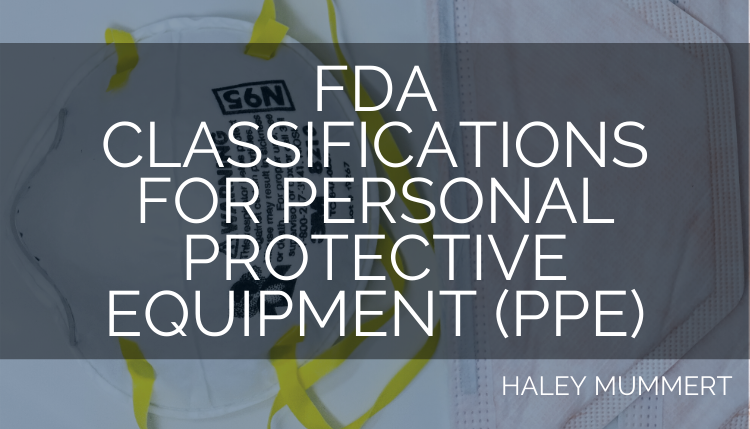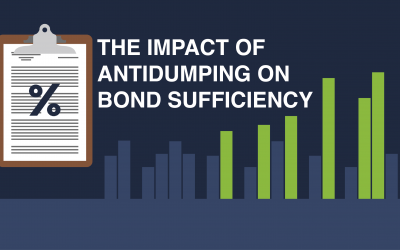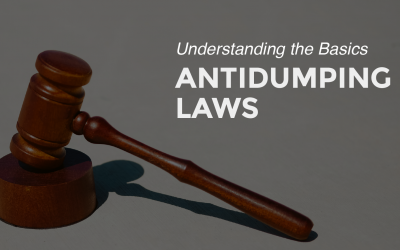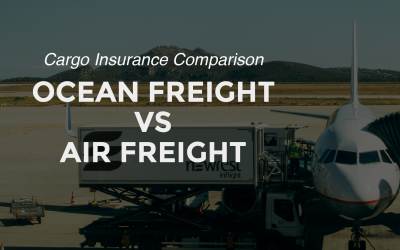COVID-19 has caused a worldwide shortage of Personal Protective Equipment, and many are attempting to import these goods into the United States. When looking to import PPE, such as masks, it is crucial to be aware of the requirements for importation.
The pandemic has revealed the extent to which the United States and other countries are dependent upon a well-functioning global supply chain of Personal Protective Equipment. These items are essential for protecting doctors, nurses, EMTs, and others on the front lines of the pandemic.
The massive need in the U.S. and other countries has led governments, hospitals, healthcare companies, entrepreneurs, and others on a global hunt for PPE supplies. Governments are trying to bring order to the chaos by making sure the equipment is legitimate and facilitating the flow of equipment to those who need it.
At the beginning of the pandemic outbreak, China obtained most of the N95 masks and other PPE manufactured in that country for Chinese health professionals caring for COVID-19 patients. As the virus spread, other countries similarly obtained available supply and restricted export of PPE. In a few weeks, the global market for PPE halted.
Many U.S. companies that sell N95 masks have manufacturing facilities in the U.S., but most masks are manufactured overseas, and roughly half are made in China. Therefore, the U.S. faces severe shortages of N95 masks and other PPE.
In response, U.S. companies are currently manufacturing approximately 50 million N95 masks per month domestically. The U.S. government has also moved to restrict the export of N95 masks and other PPE in the same way that other governments did at the beginning of the crisis. It is estimated that the U.S. needs 300 million N95 masks per month to fight the COVID-19 pandemic.
Imports of many PPE items are regulated by the Food and Drug Administration as medical devices and are therefore subject to additional regulations enforced by U.S. Customs and Border Protection. These items can be broken into two categories:
- equipment intended for medical use by healthcare professionals in medical facilities
- equipment designed for general purpose or industrial use
Importers importing these items need to follow specific guidelines to satisfy U.S. import requirements.
FDA Regulated Personal Protective Equipment for Medical Use
This equipment is regulated by the Food and Drug Administration and is considered a medical device. These products are critical for keeping doctors, nurses, and other health care providers safe from the disease. Necessary personal protective equipment for COVID-19 includes eye protection, isolation gowns, surgical masks, and N95 respirators. N95 respirators are specialized masks used to protect the wearer from airborne particles and liquid contaminating the face.
The following are some specific products related to COVID-19:
- Telethermographic Systems
- Remote Ophthalmic Assessment and Monitoring Devices
- Extracorporeal Membrane Oxygenation and Cardiopulmonary Bypass Devices
- Infusion Pumps and Accessories
- Digital Health Devices for Treating Psychiatric Disorders
- Clinical Electronic Thermometers
- Gowns, Other Apparel, and Gloves
- Sterilizers, Disinfectant Devices, and Air Purifiers
- Face Masks and Respirators
- Non-Invasive Remote Monitoring Devices
- Ventilators and Accessories and Other Respiratory Devices
- Diagnostic Tests
For all of these devices, entry information needs to be submitted to the FDA as it would when importing any other FDA commodity.
PPE imported into the United States must meet CBP and FDA requirements. The applicable FDA requirements depend on the specific type of PPE.
Each type of device is assigned to one of three regulatory classes based on the level of control necessary to assure the safety and effectiveness of the device. The class that a device is assigned determines the type of submission/application required for FDA clearance to market. If your device is classified as class I or II, and if it is not exempt, a 510k will be necessary.
It is required that devices meet the U.S. FDA regulations before importation. The FDA does not recognize regulatory approvals from foreign countries. All foreign firms are required to register their establishments, identify a U.S. Agent, and list their devices before they can be imported.
Emergency Use Authorization of Non-FDA-Approved PPE
Masks used in a non-medical setting are not considered a medical device and are regulated by The National Institute for Occupational Safety and Health (NIOSH). The FDA does not regulate PPE for general purposes, and it is not intended to prevent disease or illness.
The FDA has issued an Emergency Use Authorization (EUA) for the use of NIOSH certified medical devices. The EUA has waived current manufacturing practice requirements, including the quality system requirements concerning the design, packaging, labeling, storage, and distribution of the authorized respirators subject to the EUA.
When NIOSH has approved a respirator, the user can be confident that the device will provide the expected level of protection, as long as it fits properly and is worn correctly. NIOSH-approved respirator models are still encouraged for healthcare workers.
The EUA will remain in effect for the foreseeable future, but will likely be terminated once the National Emergency has come to a close. Once the FDA terminates the EUA, general-purpose personal protective equipment will no longer be subject to FDA requirements as long as they are not distributed, marketed, or labeled with intended medical use.
It is critical to coordinate with your Customs broker, U.S. Customs, and the FDA since the EUA has recently been put into effect.
For these types of products, entry information should not be transmitted to the FDA. At the time of entry for these products, importers should send entry information to U.S. Customs and Border Protection using an appropriate HTS code and FDA Disclaimer.
Personal protective equipment imports that are not compliant with FDA requirements cannot be imported if they are intended to be distributed or marketed for medical use.
For more information on imported NIOSH regulated general-purpose personal protective equipment, reference this CDC blog post.
Specific product codes authorized by the EUA:
- Non-NIOSH-Approved Respirators: 80QKU
- NIOSH-Approved Respirators
- Face Masks (Non-Surgical)
- Diagnostic Tests Kits
- Ventilators
- Face Shields
- Respirator Decontamination Systems
- Extracorporeal Blood Purification Devices
- Infusion Pumps
- Ventilators
- Diaphragmatic Pacing Simulator Systems
Watch This Video to Discover What Importers Need to Know About Importing PPE
This video discusses the fundamental details associated with importing PPE into the United States that have been updated to address the COVID-19 outbreak.
